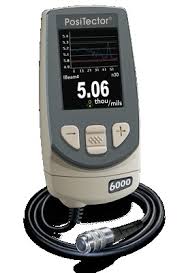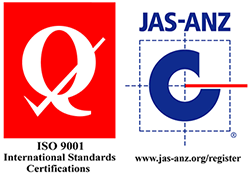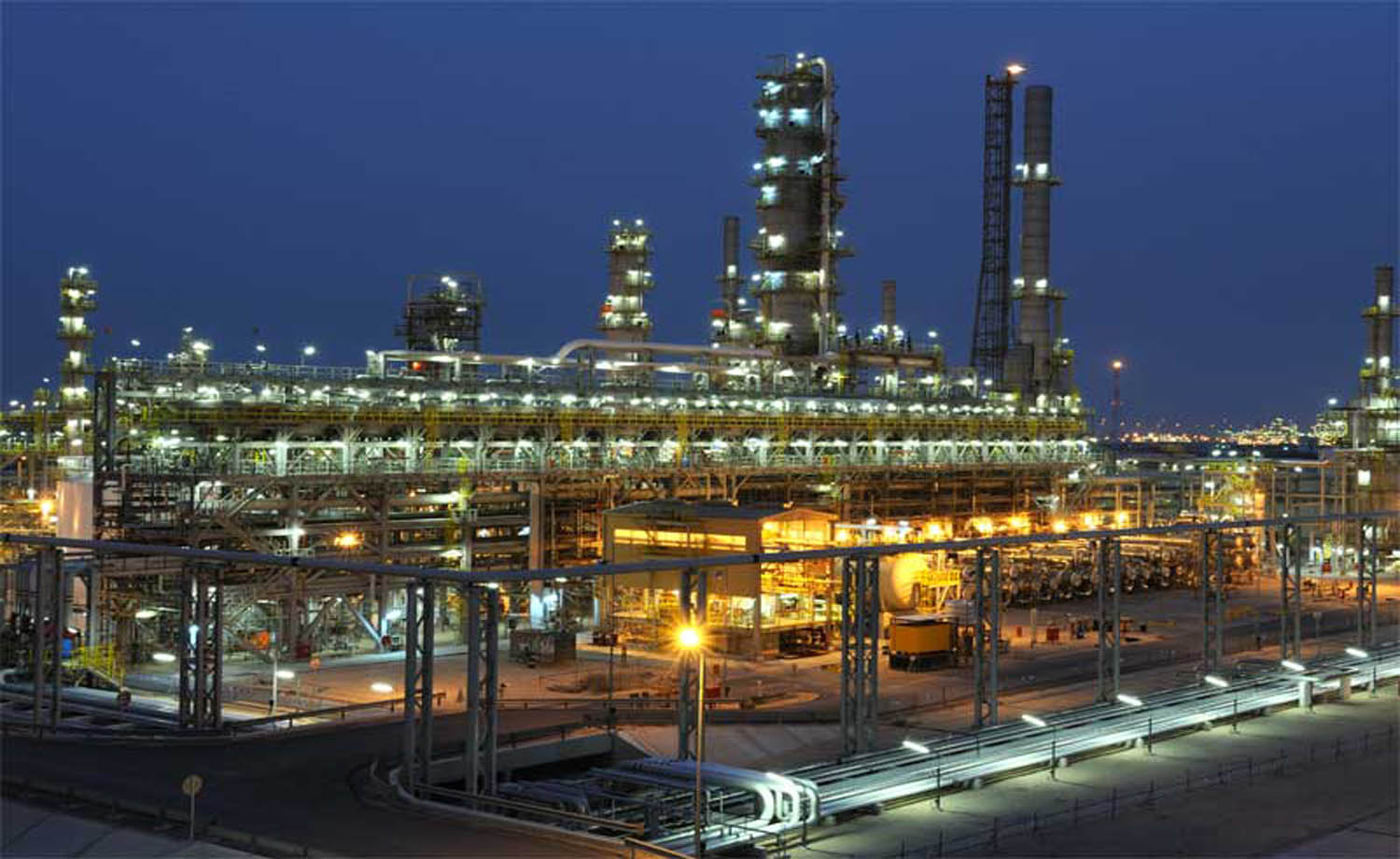Paint Coating Thickness Inspection
Home » Other services » Paint Coating Thickness Inspection
PAINT COATING TESTER
WE USE COATING THICKNESS GAUGE BASED ON EDDY CURRENT PRINCIPLE FOR DETERMINING THE PAINT COATING THICKNESS MEASUREMENT ON THE SURFACE. THE SAME CAN BE APPLIED FOR ANY SURFACE TREATMENT – ZINC COATING OR CHROME PLATING. THE COATING THICKNESS PLAYS A VERY IMPORTANT ROLE IN GIVING DURABILITY TO THE METALS , IF THE THICKNESS IS NOT APPROPRIATE THEN IT WILL NOT GIVE PROPER PROTECTION TO THE SURFACE, HENCE THE THICKNESS MEASUREMENT PLAYS A VERY IMPORTANT ROLE IN INDUSTRIES.
Protection mechanism of paint system The overwhelmingly most popular corrosion protection method is the application of paint onto the metal surface. An impervious, intact and sufficiently thick coating will prevent ions from entering the metal surface, thus reducing the formation of local pairs. Epoxy paints provide an example of a type of paint based on imperviousness. Corrosion protection paints used against atmospheric stress utilise corrosion protection pigments, which retard the dissolution of metal ions from the anode sites. Various phosphates and borates, for example, are used as corrosion protection pigments, which, together with water entering the coating, form protective layers at the anode sites.
Paint
Paint is a mechanically bonded surface coating that provides a barrier film between steel and the environment. A paint system involves the use of several layers of coating, and sometimes, different formulations of paint, depending on the type of environment in which the structure will be exposed. An example of the latter may be an inorganic zinc-rich paint covered by an epoxy intermediate coat and topped with polyurethane.
The most important factor for the success of paint systems are adhesion and continuity. If paint does not adhere to the steel, it cannot protect it from the corrosive effects of the environment. Surface preparation, e.g. to SSPC SP-10, of the steel part is extremely important because the degree of paint adhesion may not be apparent immediately after application. Poor surface preparation may only manifest itself in paint failure after a few months in the field, and is evidenced by blistering, peeling, or flaking paint. Having a clean, properly prepared surface helps ensure the full potential of the paint system is realized.
Paint can be applied to steel of any size or shape, though as mentioned, continuity of the paint systems is extremely important for carbon steel. Because of the application process (brush or spray) there will already be some inconsistencies in the coating thickness, particularly at corners and edges, and there is no coating or protection on the interior of hollow structures. The graphic below shows how corrosion begins and progresses at a pinhole, scratch, or gap in the paint coating.


Paint coating meter :
A coating thickness gauge (also referred to as a paint meter) is used to measure dry film thickness. Dry film thickness is probably the most critical measurement in the coatings industry because of its impact on the coating process, quality and cost. Dry film thickness measurements can be used to evaluate a coating’s expected life, the product’s appearance and performance, and ensure compliance with a host of International Standards.

A coating thickness gauge (also referred to as a paint meter) is used to measure dry film thickness. Dry film thickness is probably the most critical measurement in the coatings industry because of its impact on the coating process, quality and cost. Dry film thickness measurements can be used to evaluate a coating’s expected life, the product’s appearance and performance, and ensure compliance with a host of International Standards.

The non-destructive coating thickness measurements can be taken on either magnetic steel surfaces or non-magnetic metal surfaces such as stainless steel or aluminium. Digital coating thickness gauges are ideal to measure coating thickness on metallic substrates. Electromagnetic induction is used for non-magnetic coatings on ferrous substrates such as steel, whilst the eddy current principle is used for non-conductive coatings on non-ferrous metal substrates.



